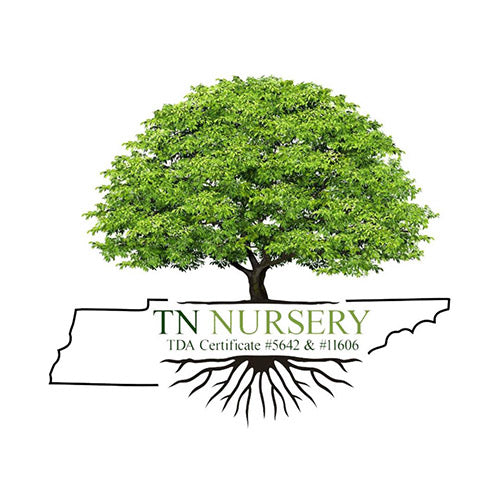Strength and Beauty
The majestic oak tree, known for its towering stature, strength, and enduring presence in forests and landscapes worldwide, symbolizes resilience and longevity. With over 600 species within the Quercus genus, oaks have evolved into a diverse family of trees, each with its unique characteristics and ecological roles. In this exploration, we delve into eight distinct oak tree varieties, from the Black Oak to the Willow Oak, uncovering their features and significance in the natural world.
1. Black Oak (Quercus velutina):
Black Oak, native to North America, is a member of the red oak group. This tree derives its name from the dark, rugged bark that characterizes mature specimens. Its leaves, with deep sinuses and bristle-tipped lobes, are a lustrous green during the growing season and transform into brilliant red or orange hues in the fall. Black Oaks provide essential habitat and food for wildlife, including deer, squirrels, and numerous bird species. Moreover, its solid and durable wood is utilized in furniture and construction.
2. Overcup Oak (Quercus lyrata):
Overcup Oak, often found in the southeastern United States, gets its name from the distinctive encasing of acorns within the cup-like, fringed cups. The tree's leathery, elliptical leaves are easily recognizable due to their pale undersides. Overcup Oak is valued for its rugged, heavy wood, ideal for constructing furniture, flooring, and even barrels for aging whiskey and wine. This oak species plays an integral role in stabilizing riverbanks and wetland ecosystems.
3. Water Oak (Quercus nigra):
As the name implies, Water Oak is often associated with wetland areas and riverbanks, predominantly across the southeastern United States. Its leaves are oblong with a pointed tip, and the bark is gray-brown with shallow furrows. Water Oaks provide critical shade in hot, humid regions and are an essential food source for wildlife, including deer, squirrels, and waterfowl. Their wood is used for fuel and pulpwood but needs more durability for high-value timber.
4. Red Oak (Quercus rubra):
One of North America's most widespread oak species, the Red Oak, distinguishes itself with its deeply lobed leaves and distinctive reddish-brown bark. These oaks are highly adaptable and can be found in various ecosystems. The wood of Red Oaks is prized for its strength and is frequently used in flooring, furniture, and cabinetry. Acorns produced by Red Oaks are an essential food source for various animals, contributing to the overall health of forest ecosystems.
5. White Oak (Quercus alba):
The White Oak stands as a symbol of beauty and endurance. With a pale-gray bark and leaves that are dark green and rounded with rounded lobes, this oak species is widespread in the eastern United States. The wood of White Oaks is renowned for its durability and is used in everything from shipbuilding and barrels for aging fine wines and spirits to flooring and furniture. Wildlife, including deer and turkeys, heavily rely on White Oak acorns as a vital food source.
6. Chestnut Oak (Quercus montana):
Named for resembling the chestnut tree's leaves, the Chestnut Oak is prevalent in eastern North America, especially in the Appalachian region. Shallow lobes and toothed margins characterize its leaves, and its bark is dark gray with deep furrows. While Chestnut Oak wood is not as valuable as other oaks, it is used for posts, fuel, and pulpwood. The acorns of this species are consumed by wildlife and contribute to the ecological balance of the forests it inhabits.
7. Willow Oak (Quercus phellos):
Willow Oak, native to the southeastern United States, has long, slender leaves resembling a willow tree, hence its name. These leaves are dark green with finely serrated edges. Unlike many other oak species, Willow Oaks retain their leaves through the winter. The wood of Willow Oaks is not as commercially valuable as some other oaks, but they are highly appreciated as ornamental trees in urban and suburban landscapes. These trees also provide a valuable habitat for wildlife and offer shade in hot climates.
Oak trees, with their various species like Black Oak, Over cup Oak, Water Oak, Red Oak, White Oak, Chestnut Oak, and Willow Oak, have earned their place as pillars of strength and biodiversity in ecosystems across the globe. From their distinct leaves and bark to their varied uses in industry and their significance to wildlife, each type of oak contributes uniquely to the rich tapestry of the natural world. These remarkable trees testify to the beauty, versatility, and enduring presence of the plant kingdom's mighty oaks.
